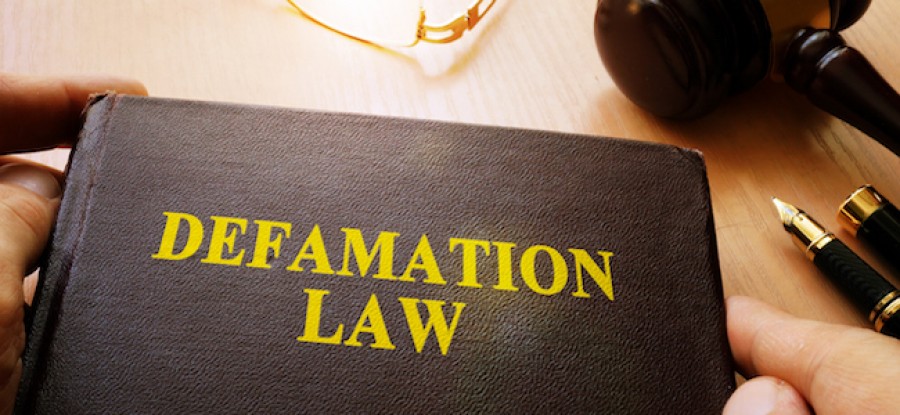By Mohamad Faris Haziq Bin Mohammed Shaharin
Every individual is bestowed with his or her rights to speech, freedom to movement, however, freedom is not entirely given. Everyone is subjected to the law and any statement made either through speech or writing must be reasonable and not exceeding the limits, such as exposing a person to public hatred or scattering the person’s reputation.
Lets take a quick glimpse on defamation.
If a person mocked you on social media, making statements that lowered your reputation, predicating that you are not competent to hold a position without adducing any sufficient evidence, can you institute a lawsuit? The obvious answer is yes.
Defamation is divided into two which are libel and slander. The element required to prove defamation is that the words are defamatory, it refers to the plaintiff and it has been published.
Slander is spoken words which are extremely difficult to prove before the court of law because you are required to precisely state the exact words uttered by the guilty party as highlighted in the case of Lim Kit Siang v Datuk Dr Ling Liong Sik [1997]5 MLJ 523.
In the case of slander, the innocent party is required to prove actual damage contrary to libel, however, if it is a slander to women, slander to a person professional or business to title, goods and malicious falsehood, imputations of a contagious disease and imputation of a crime, it is protected under Defamation Act 1957 in which the innocent party is not obliged to prove actual damage.
In the case of Nazeera Hanie bt Khairudin v Naizah Baharudin (2019) 8 MLJ 689, the respondent made a slanderous statement to the appellant during a briefing in meeting. The court held that the impugned words were made at a meeting in which the appellant name was mentioned, hence the statement is defamatory.
To prove the elements of publication in slander, it is sufficed to prove that the words were spoken to a third person as highlighted in the case of Wan Abdul Rashid v S. Sivasubramanian. In contrast, libel is frequently found in published articles such as newspapers.
To prove whether the word is defamatory or not, the claimant must prove whether it is defamatory in the natural and ordinary meaning, innuendo or juxtaposition. Natural and ordinary meaning is when the defamatory statement can clearly be understood by any average and reasonable person, however innuendo can either be false innuendo in which it is defamatory through inference, but legal innuendo is defamatory to only those who knew the special facts.
It may not be defamatory in natural meaning, however, a person who may know the special facts could consider the statement as defamatory as discussed in the case of R Murugason v The Strait Times Press (1975) Ltd (1984) 2 MLJ 10. Juxtaposition is leaning towards visual effects such as attaching a photo of a person alongside a criminal.Â
A recent defamation is a case of Masyitah bt Md Hassan v Sakinah bt Sulong (2021) 7 MLJ 144, the defendant made a defamatory statement on Facebook pertaining to the plaintiff. The court held that the statement was defamatory as it indicates that the plaintiff was responsible for the death of the baby and the word œkeji is defamatory in the natural and ordinary meaning.
In the case of Datuk May Phng @cho mai sum &ors v Tan Pei Pei (2018) 1 MLJ 741, the High Court delivered a judgement elucidating on the concept of publication. The court stated that any circulation on the internet is presumed to be a wide publication, an email is not an ordinary email which directed to one person, however it was written and addressed to the public and widely circulated.
It could be concluded that proving slander is more complicated than proving libel. The law of defamation protects the innocent party from being exposed to hatred.***
